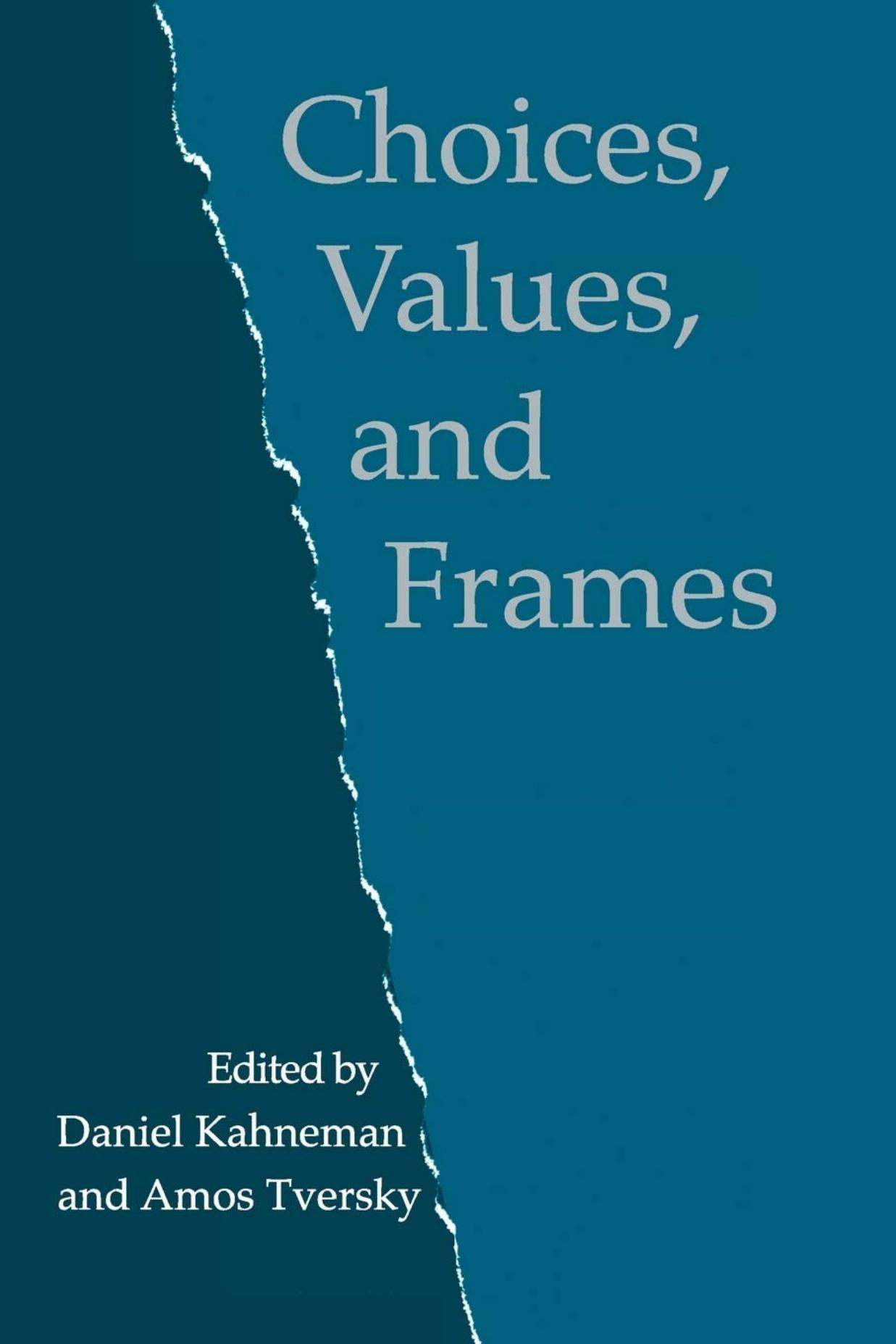Choices, Values, and Frames by Daniel Kahneman & Amos Tversky

Author:Daniel Kahneman & Amos Tversky
Language: eng
Format: epub, pdf
Publisher: Cambridge University Press
III. THE DISPARITY AND JUDICIAL CHOICE
The legitimacy of the common law has largely been based on its decentralized, ad hoc, incremental development by judges who have little enforcement power, and who therefore respond to an intuitive, nonempirical interpretation of community mores and individual preferences. If such interpretations underlie individual judgments, then a phenomenon as pervasive as the valuation disparity would be expected to be implicated, either explicitly or implicitly, in the development of legal doctrine. Indeed, as expected, the idea that losses count more than expected gains is encountered in an enormous range of ideas in law.42
An important way in which the valuation disparity has been incorporated in law is through the widespread recognition of possession as a foundation for the declaration or recognition of legal entitlements.43 The often misused expression that “possession is nine-tenths of the law”44 is a manifestation of judicial intuition that possession of things is intimately connected to establishing the endowment effect and underlies judicial choices favouring protection against losses over forgone gains.
Both legal writers and the designers of the empirical studies discussed earlier have used the term possession in extremely ambiguous ways. But regardless of one’s choice of definition, it is incontrovertible that judicial sensitivity to the notion of possession, or seisin, in English law is deeply rooted and utterly pervasive: “In the history of our law there is no idea more cardinal than that of seisin.”45
Frederick Pollock,46 while noting that it was difficult to obtain a consistent doctrine or consistent terminology,47 offered several theories on why judge-made common law presumes in favour of possession.48 Utilitarian justifications for the protection of possession range from a concern with reducing the risk of civil disobedience – a response to the risk of personal injuries associated with self-help dispossession – to the protection of ownership interests. But once again, we find references to the natural expectation that a person should and will be allowed to keep what he or she possesses until someone has proved a better title.49
Download
Choices, Values, and Frames by Daniel Kahneman & Amos Tversky.pdf
This site does not store any files on its server. We only index and link to content provided by other sites. Please contact the content providers to delete copyright contents if any and email us, we'll remove relevant links or contents immediately.
Should I Stay or Should I Go? by Ramani Durvasula(7514)
Why We Sleep: Unlocking the Power of Sleep and Dreams by Matthew Walker(6549)
Fear by Osho(4615)
Flow by Mihaly Csikszentmihalyi(4573)
Rising Strong by Brene Brown(4337)
Why We Sleep by Matthew Walker(4312)
The Hacking of the American Mind by Robert H. Lustig(4262)
How to Change Your Mind by Michael Pollan(4251)
Too Much and Not the Mood by Durga Chew-Bose(4222)
Lost Connections by Johann Hari(3992)
He's Just Not That Into You by Greg Behrendt & Liz Tuccillo(3801)
Evolve Your Brain by Joe Dispenza(3563)
The Courage to Be Disliked by Ichiro Kishimi & Fumitake Koga(3347)
Crazy Is My Superpower by A.J. Mendez Brooks(3265)
In Cold Blood by Truman Capote(3262)
Resisting Happiness by Matthew Kelly(3262)
What If This Were Enough? by Heather Havrilesky(3245)
The Book of Human Emotions by Tiffany Watt Smith(3193)
Descartes' Error by Antonio Damasio(3185)
